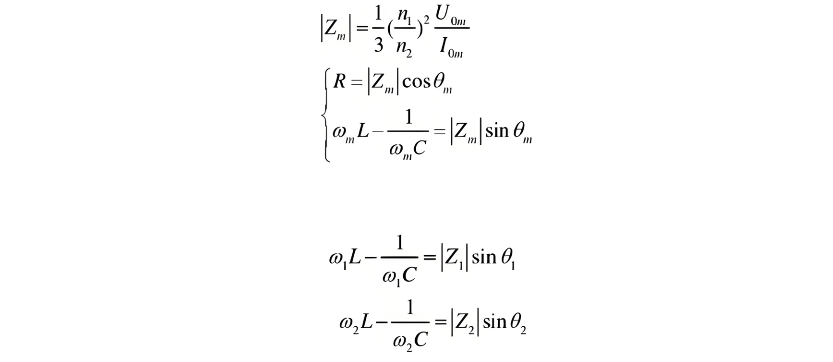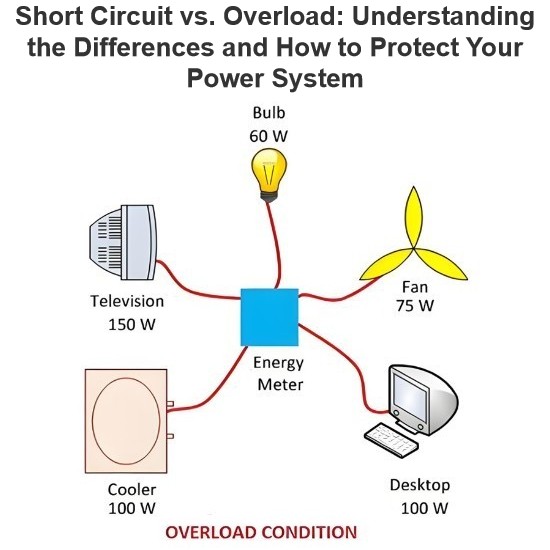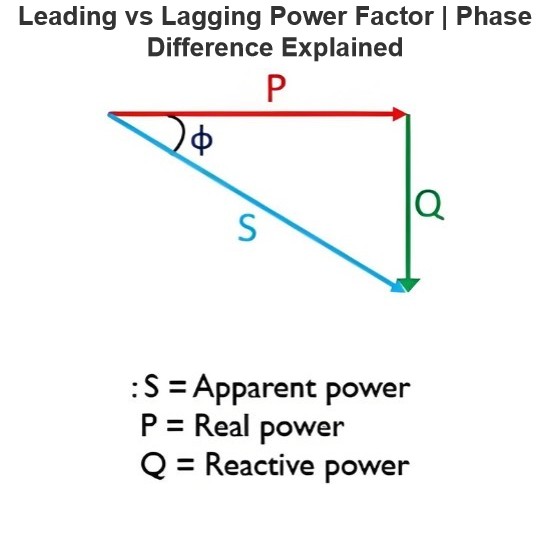- Product
- Suppliers
- Manufacturers
- Solutions
- Free tools
- Knowledges
- Experts
- Communities
Search
-
Free tools
-
IEE Business offers free, AI-powered tools for electrical engineering design and power procurement budgeting: enter your parameters, click calculate, and get instant results for transformers, wiring, motors, power equipment costs, and more — trusted by engineers worldwide.
-
-
Support & Sponsorship
-
IEE-Business supports leading solutions, businesses, and experts - creating a platform where innovation meets valueOutstanding technical knowledgeJoin and share technical knowledge to earn money from sponsors.Excellent Business SolutionsJoin and create business solutions to earn money from sponsorsOutstanding Individual ExpertsBuild your talent show to sponsors, earn your future!
-
-
Download the app
Download
-
-
Get the IEE Business ApplicationUse the IEE-Business app to find equipment, obtain solutions, connect with experts, and participate in industry collaboration anytime, anywhere—fully supporting the development of your power projects and business.
-
-
-
-
Partner With Us
Partner
-
-
Join the lEE Business Partner ProgramEmpowering Business Growth -- From Technical Tools to Global Business Expansion
-
-

















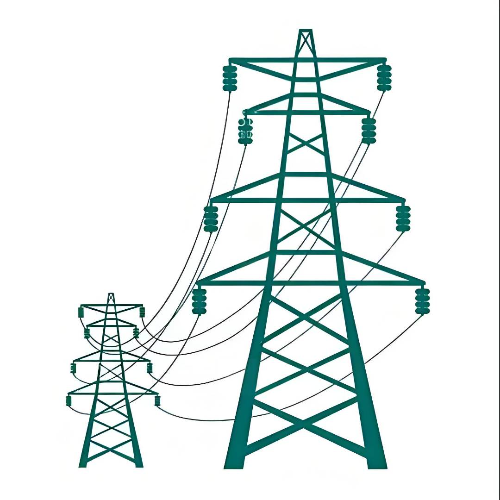
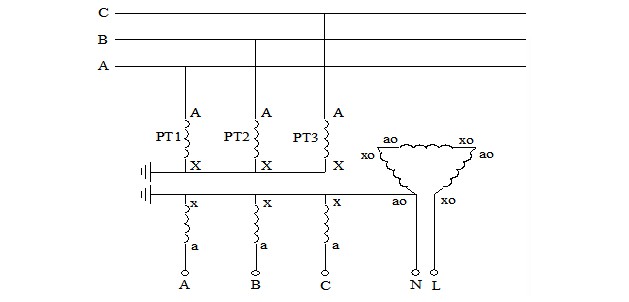 As shown in Figure 1, when a different-frequency current is injected from the open delta side of the PT, a zero-sequence current is induced on the high-voltage side of the PT. Since this zero-sequence current has the same magnitude and direction in the three phases, it cannot flow through the power supply side or the load side and can only form a loop through the PT and the ground capacitance. Therefore, the schematic diagram of Figure 1 can be further simplified to the physical model shown in Figure 2.
As shown in Figure 1, when a different-frequency current is injected from the open delta side of the PT, a zero-sequence current is induced on the high-voltage side of the PT. Since this zero-sequence current has the same magnitude and direction in the three phases, it cannot flow through the power supply side or the load side and can only form a loop through the PT and the ground capacitance. Therefore, the schematic diagram of Figure 1 can be further simplified to the physical model shown in Figure 2.

